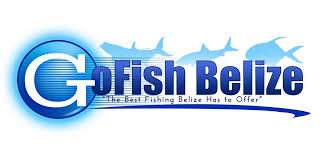|
The Portuguese Man-of-War is often mistakenly referred to as a jellyfish. It is actually a species of siphonophore, which is a group of animals that are closely related to the jellyfish. A siphonophore is unusual in that it is comprised of a colony of specialized (genetically identical individuals called zooids or clones), with various forms and functions, all working together as one. Each of the four (4) specialized parts of a Man-of-War is responsible for a specific task, such as (1) floating, (2) capturing prey, (3) feeding, and (4) reproduction. Found mostly in tropical and subtropical seas, Portuguese Man-of-War are propelled by winds and ocean currents alone, and sometimes float in legions of 1,000 or more! The Portuguese Man-of-War is recognized by its balloon-like float, which may be blue, violet, or pink and rises up to six inches above the waterline. Lurking below the float are long strands of tentacles and polyps that grow to an average of 30 feet and may extend by as much as 165 feet. These tentacles contain stinging microscopic capsules loaded with coiled, barbed tubes that deliver venom capable of paralyzing and killing small fish and crustaceans. While the Man-of-War's sting is rarely kills a human, it can pack a painful punch that causes welts on exposed skin. DIFFERENCE BETWEEN A JELLY FISH & A PORTUGUESE MAN OF WAR The Portuguese Man-of-War is a predatory species. It uses its feeding tentacles to sting and paralyze small fishes, pelagic crustaceans, and other invertebrates. The feeding tentacles may be up to 165 feet in length. These tentacles deliver a powerful sting and are also used for defense against predation. Fast Facts About the Portuguese Man-of-War
Fun Facts About the Portuguese Man o’ War 1. The Portuguese man o’ war is not a jellyfish, it is considered a siphonophore, which is a colony of specialized animals called zooids that work together as one. 2. The Portuguese Man-of-War does not swim. Instead, it uses wind and ocean currents to propel it forward. 3. The Portuguese Man-of-War was named after its resemblance to 18th century Portuguese warships. 4. The Portuguese Man-of-War's float can be up to 6 inches (15 cm) tall. 5. The Portuguese Man-of-War's tentacles can grow as long as 165 feet. The Portuguese Man-of-War was named after it's resemblance to 18th Century Portuguese warships. It has a distinctive sail-like float that can reach 12 inches in length, 5 inches in width, and rises 6 inches above the water surface. The colorful float may be translucent blue, pink, or violet. This gas bladder is filled with nitrogen, oxygen, argon, and a small amount of carbon dioxide from air, plus up to 14% carbon monoxide. In addition to the float, the Man-of-War has three other polyp types. The tentacles (used for defense and disabling prey, which can reach up to 165 feet in length), the gastrozooids (used for feeding), and the gonozooids (used for reproduction). The Portuguese Man-of-War includes two species. (1) The Pacific Man-of-war (Blue Bottle) and the (2) Australian Man-of-War. The Pacific Man-of-War has a wider color range and many tentacles, while the Australian Man-of-War has a single long tentacle. Habitat and Range - The species occurs in the warm waters of the Atlantic, Pacific, and Indian Oceans, as well as the Caribbean and Sargasso Seas. The Portuguese Man-of-War lives on or just below the surface of the water. A siphon in the float lets the animal float or descend in the water. Wind pushes the animal's float at a 45 degree angle. Some Portuguese Man-of-War are "left-sided," while others are "right-sided." The different orientations (of the floats), help the animals to disperse across the oceans. Diet - The Portuguese Man-of-War is a carnivore. Its tentacles contain stinging cells called nematocysts that paralyze and kill small fish, worms, and crustaceans. The tentacles move prey to the gastrozooids on the underside of the float. The gastrozooids secrete enzymes that digest the prey. Nutrients are absorbed and circulated to other polyps. The Man-of-War is prey to sea turtles, sea slugs, and crabs. Reproduction and Offspring - Each individual Portuguese Man-of-War is either a male or a female, and they reproduce sexually via a method known as broadcast spawning. Large groups of Man-of-War's come together, where females release their eggs and males release their sperm into the water column, all at the same time. This usually occurs in the autumn of each year. This method increases the likelihood that eggs will be fertilized. Portuguese Man-of-War and Humans - Both jellyfish and Man-of-War tentacles can sting after the animal is dead or when they are detached. Stings are painful, although not usually fatal. Neurotoxins in the venom cause mast cells in skin to release histamines, resulting in inflammation. Treatment typically involves tentacle removal, using vinegar or ammonia to inactivate remaining nematocysts, and soaking the affected area in hot water. Oral or topical antihistamines may be administered to combat inflammation. 16 FUN FACTS ABOUT PORTUGUESE MAN OF WAR FACT #1) It's Not a Jellyfish - The Portuguese Man-of-War may look like a bloated jellyfish, but it’s actually a siphonophore—a bizarre group of animals that consist of colonies made up of dozens, hundreds, or even thousands of genetically-identical individual creatures. A siphonophore starts out as a fertilized egg. But as it develops, it starts "budding" into distinct structures and organisms. These tiny organisms—called polyps or zooids—can’t survive on their own, so they merge together into a tentacled mass. They must cooperate as one in order to do things like travel and catch food. The long tentacles develop to hunt and ensnare prey; smaller tentacles grow to help digest food; and still other tentacles dangling are used to facilitate reproduction. Every Man-of-War also has what is called a “float” (an overgrown, bag-like polyp which acts as a giant gas bladder and sits at the top of the colony). Capable of expanding or contracting at will, it provides the Man-of-War with some buoyancy control. An expanded float also enables the colony to harness winds to move around. FACT #2) A Close Relative is the Pacfic "Blue Bottle" - Portuguese Man-of-War's can be found in warmer parts of the Pacific, the Caribbean, the Indian Ocean, and of course, the Atlantic. It’s sometimes called the Pacific “Blue Bottle Man-of War" and is restricted to the Pacific and Indian Oceans. It’s smaller than the Australian species and unlike its bigger counterpart—it hunts using multiple tentacles. FACT #3) The Name "Portuguese Man-of-War" is Probably a Naval Reference - In the age of sailing, many European navies used tall warships loaded with cannons and propelled by three masts. British sailors took to calling this kind of vessel a “Man of War.” The Portuguese Man-of-War are colonies which spend a lot of time floating on the water’s surface, when the gas bladder is expanded (it looks and acts a bit like a sailboat), hence the name “Man-of-War.” There are a couple theories as to how it got it's name. (1) 19th century scientists proposed that sailors encountered it near the Portuguese island of Madeira, and thought it looked like the Portuguese version of the ship. (2) Possibly Renaissance-era sailors thought it resembled the helmets worn by Portugal’s soldiers during the 16th century. 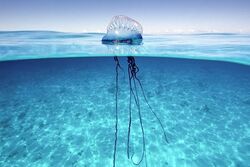 FACT #4) Man-of-War Tentacles Can Be Up To 165 Feet in Length - At least, that’s the maximum length for a tentacle which is normally around 30 feet long. It uses venom-spewing cells to deliver painful, neurotoxic stings. When a tentacle is detached from the rest of the colony (and washes ashore), it might drift around for days on end until it decomposes. Be warned: Even a severed tentacle can sting you. FACT #5) The Portuguese man-of-war is four organisms working as one - The Portuguese Man-of-War may appear to be a single organism, but it's actually four different organisms (or zooids) in one. Each organism provides a necessary function for the entire creature to survive. The top zooid, which resembles a bottle (or mohawk), is the pneumatophore. It's a gas-filled bag, which allows the Man-of-War to float. The next two zooids (gastrozooids & dactylozooids), are the tentacles used for feeding. The final zooid (gonozooids), deals with reproduction. FACT #6) It was named for its resemblance to ships - That mohawk is also how the man-of-war got its name. It closely resembles ships that the Portuguese navy used in the 18th century when they were at full sail. The name also may refer to the topped helmets Portuguese soldiers wore during the same period. FACT #7) On RARE Occasions, Stings Can Be Fatal to Humans - The odds of being killed by a Portuguese Man-of-War are slim. But just because deaths are rare doesn't mean you should touch one (just to find out). On RARE occasions a Portuguese Man-of-War can kill, if you receive enough venom from the tentacles. FACT #8) Portuguese Man-of-War can Deliver a Horrible Sting - It may not be a jellyfish, but the Man-of-War does have one trait we commonly associate with jellyfish: painful stings. The tentacles are covered in venom-filled nematocysts, which is how a Man-of-War kills their prey, typically small fish and plankton. The stings are painful to humans, but are rarely fatal. With tentacles that can reach up to 165 feet (getting wrapped up in one), can leave you looking like you've been struck by a whip. Treatments for the stings have been hotly debated, but a 2017 study in the journal Toxins recommended vinegar to wash away any remaining nematocysts once the tentacles are removed and then soaking the affected area in hot water, ideally 113 degrees Fahrenheit (45 degrees Celsius) for around 45 minutes. FACT #9) Some Fish Live in Them - Given that tiny fish make up about 70 to 90 percent of the Man-of-War's diet (it also eats shrimp and other crustaceans). One fish, known as the "Man-of-War fish" lives among the tentacles even though it's not immune to its stings, swimming nimbly between the stingers. These young fish eat the plankton which wanders under their hosts and as they get older, they will sometimes steal the Man-of-War's prey—or nibble on its tentacles. FACT #10) The Portuguese Man-of-War does Have Predators - The loggerhead turtle and the ocean sunfish both gobble up both Portuguese Man-of-War's and jellyfish. Also notable among its predators is the blanket octopus, and the Blue Gaucus (a sea slug). The Blue Gaucus (aka as the Blue Dragon or Sea Butterfly) stores the stinging venom in its own body (making it also a venomous) animal to touch. The Blue Gaucus, as a result can deliver a far more potent sting than the Portuguese Man-of-War can alone. FACT #11) Sea Slugs Like to Steal Their Toxins - The Loggerhead sea turtles, blanket octopus, and sea slugs, are all thick-skinned enough to eat them. Sea slugs (aka Blue Gaucus, Blue Dragon or Sea Butterflies), devour the Man-of-War and actively harvest their toxins and store these toxins (or venom) in their own bodies to to later use as a deterrent for its predators. FACT #12) Man-of-War Come In Pretty Colors - Although it’s translucent, the float is usually tinted with blue, pink, and/or purple hues. Beaches along the American Gulf Coast raise purple flags in order to let visitors know when groups of Man-of-War (or other potentially deadly sea creatures) are at large. FACT #13) It Goes with the Flow Literally - The Man-of-War has no means of propulsion, so it simply drifts, either riding the currents of the ocean or sailing as its catches the sea breeze. If there's a threat on the surface, the creature can temporarily deflate to sink below the water. Even when dead, a Portuguese Man-of-War can deliver a painful sting. FACT #14) Every Colony Has a Specific Sex - The Man-of-War have sacs that house ovaries or testes, so each colony can therefore be considered “male” or “female.” Though marine biologists aren’t completely sure how the Man-of-War procreates, one theory is that these shorter tentacles release eggs and sperm into the open ocean, which become fertilized when they cross paths with floating eggs or sperm from another Man-of-War colony. This “broadcast spawning” method of reproduction is also used by many species of coral, fan worms, sea anemone, and jellyfish. FACT #15) Look Out for Man-of-War Legions - The Man-of-War isn't always seen in isolation. Legions consisting of over 1,000 colonies have been observed floating around together (especially when they come together to spawn in the autum). Because they drift along on (somewhat) predictable winds and ocean currents, it’s possible to anticipate where and when a lot of the creatures will show up. For Belize, you can expect to see some of these washed up on the beaches during the winter months, FACT #16) The Portuguese Man-of-War Washes Up on Shores Alot - Perhaps because of how it moves, the Man-of-War washes up on beaches all over the world. Even if they're not in the ocean, a Man-of-War can still sting you, so if you see these bad boys laying on the beach - AVOID THEM!
0 Comments
Your comment will be posted after it is approved.
Leave a Reply. |
Is located on the island of Ambergris Caye, directly across from the Belize Barrier Reef, off the mainland coast of Belize. The property is nestled in a cluster of Australian Pine trees, backed to a littoral jungle, and surrounded by tropical gardens. It's about a one minute walk from the property to the beach, and a 10-15 minute drive from the island airstrip to the property.
We offer one bedroom suites (455 s.f.) of living area to include: livingroom, kitchenette, private bathroom and bedroom. We are also about a one minute walk from one of the best restaurants on the island serving (breakfast, lunch & dinner). Within walking distance you can find: (3) blocks is Robyn's BBQ (4) blocks is 2 fruit stands (5) blocks local grocery store IF YOU'RE COMING TO BELIZE TO............... If you're coming to Belize to dive the Blue Hole, descend the shelf walls at Turneffe, snorkel the Barrier Reef, explore Mayan ruins, rappel into a cave, kayak along the river through caves, zip line through jungle tree tops, hike through a cave to see an ancient human skeleton, swim with sharks, listen to Howler Monkey's, hold a boa constrictor, feed a jaguar, horseback ride through the jungle, canoe through a cave, rappel down a waterfall, sail around an island, enjoy cocktails & dinner to a sunset, climb 130' feet to the top of a Mayan ruin, rip up the jungle trails on an ATV, float through a series of caves on a tube, and sip on a rum punch..... then this is the place for you. Belize Budget Suites, offers you clean, affordable, attractive, accommodations, at prices that allow you to do all the things just mentioned. Archives
February 2021
Categories
All

For All Your Home Improvement Needs

For all Your Real Estate Needs
501-226-4400 10 Coconut Dr. San Pedro, Belize Your Ad Could Go Here
|

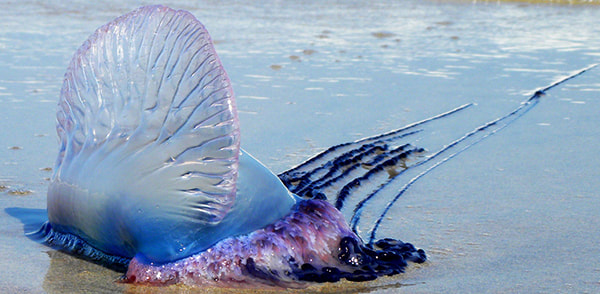
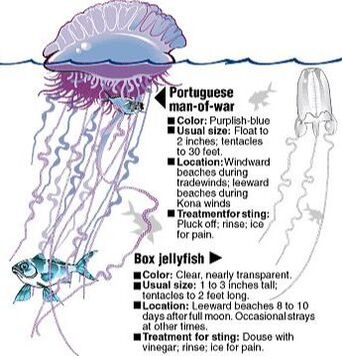
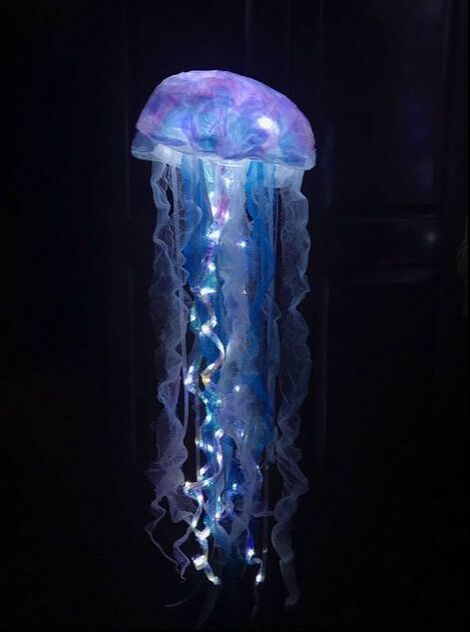
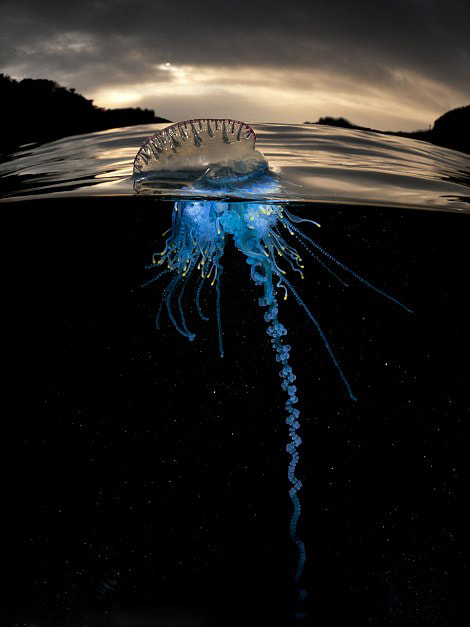
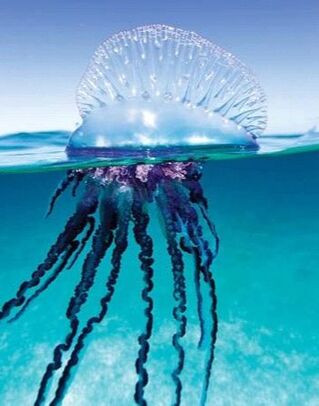
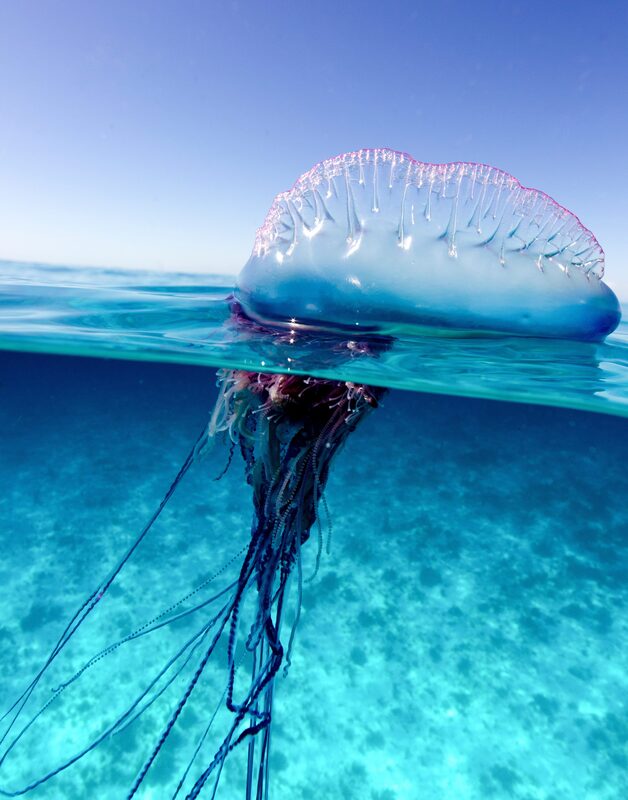

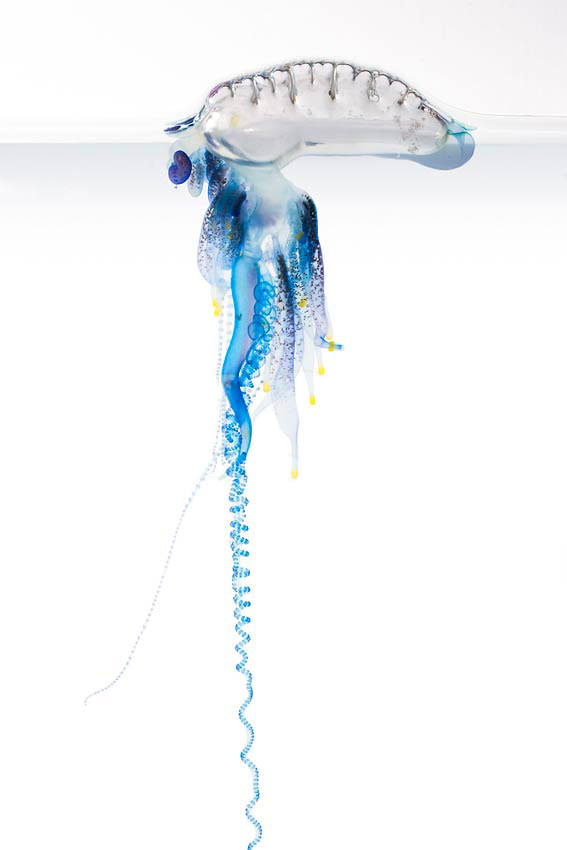
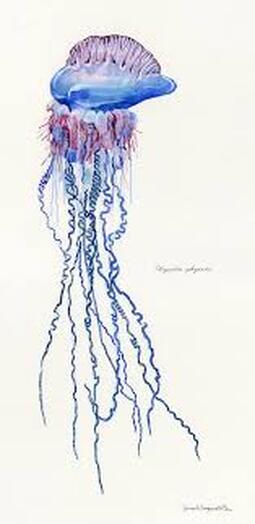
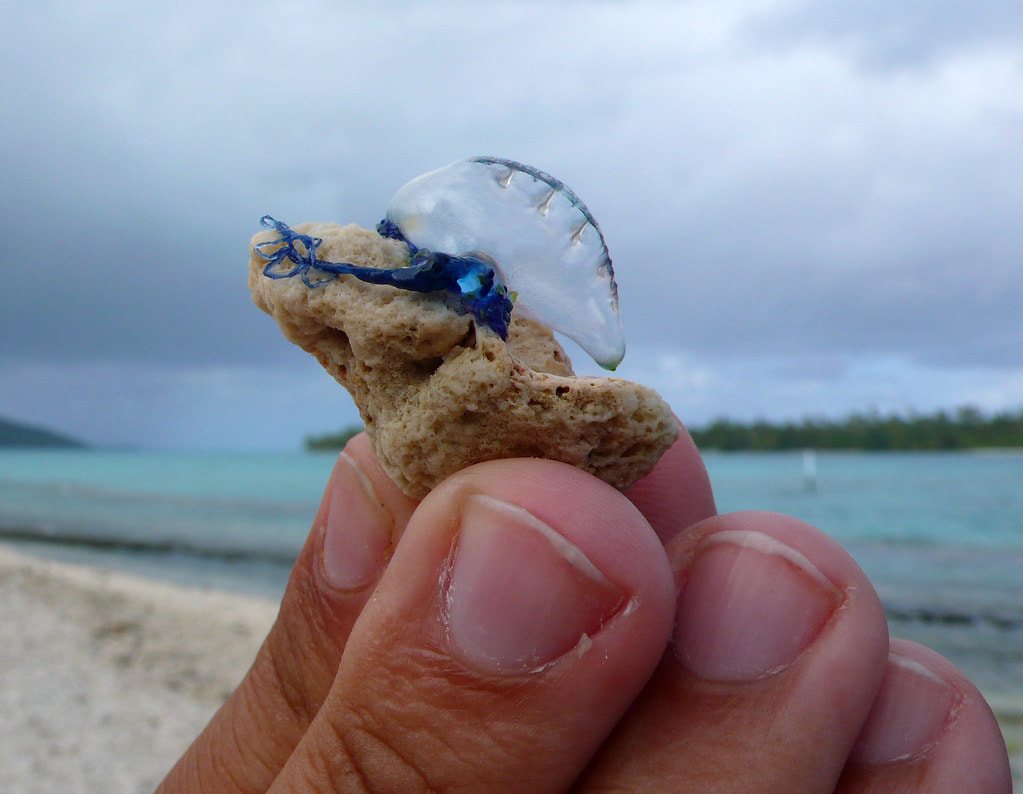

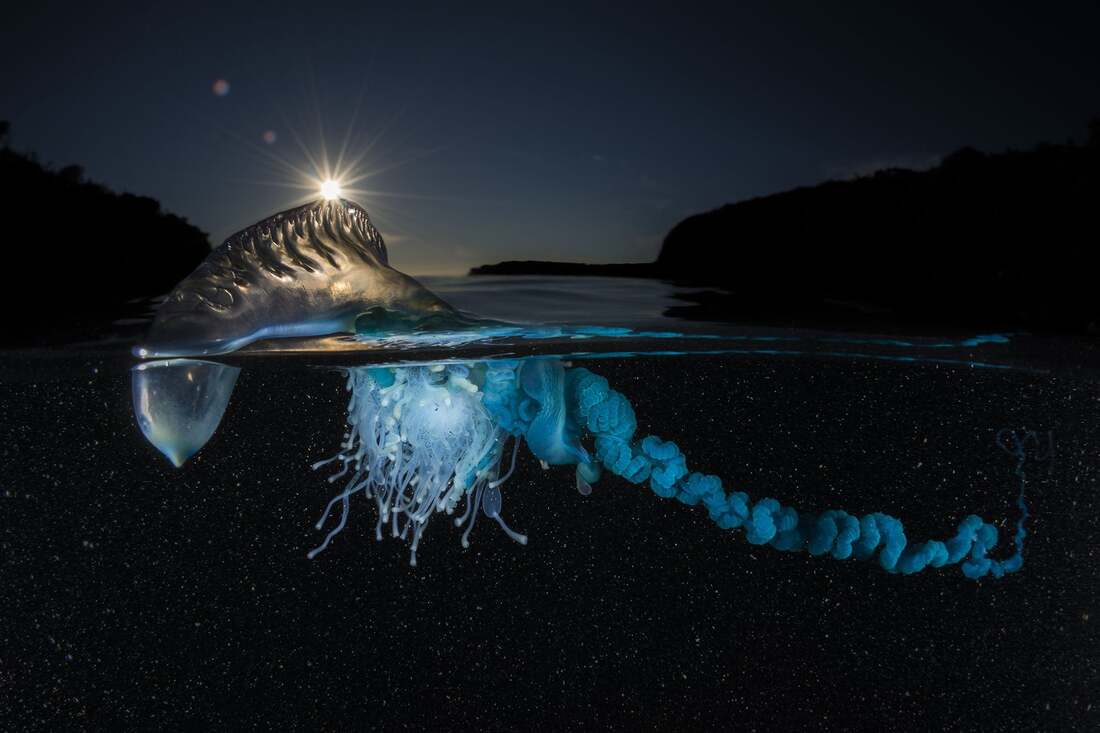
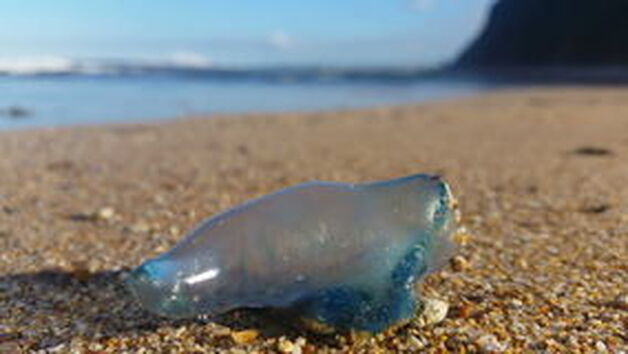
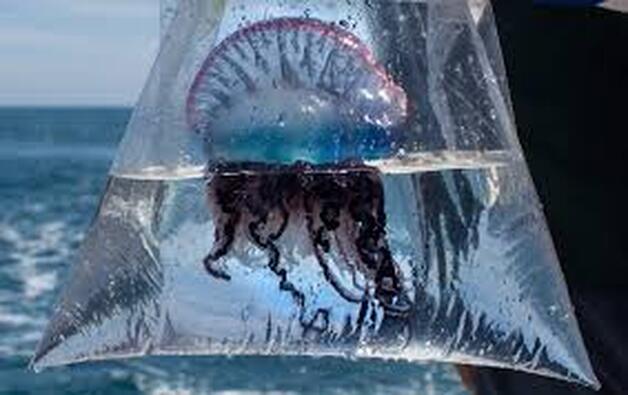
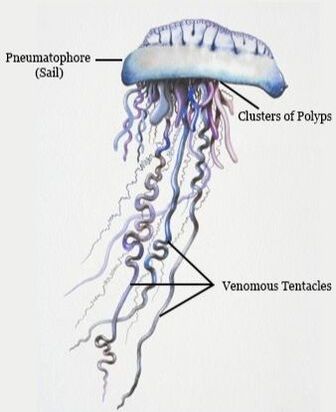
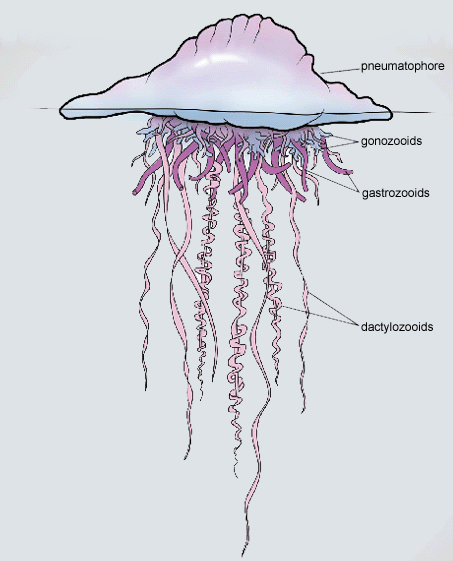
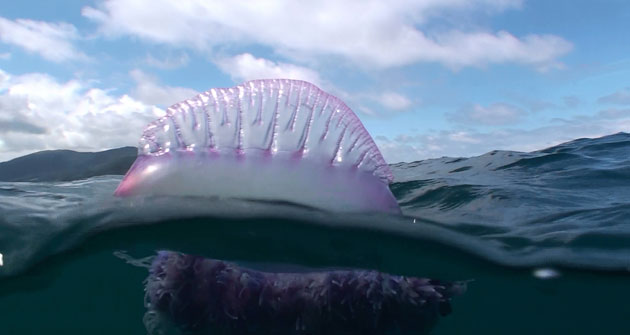


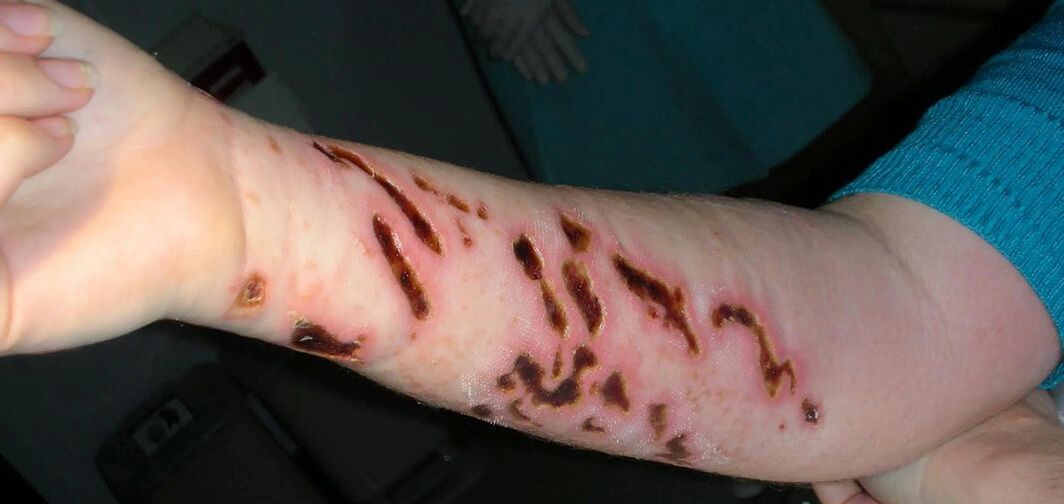
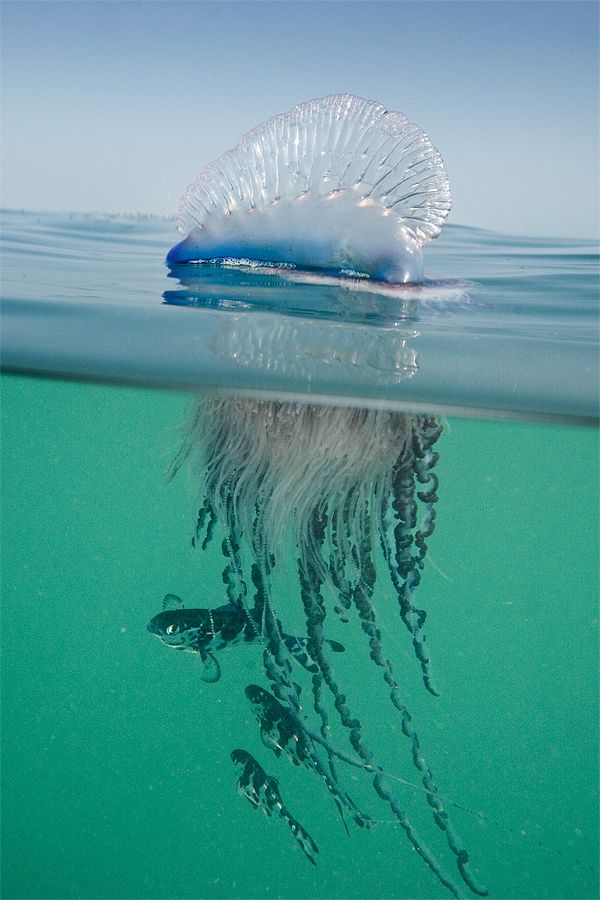
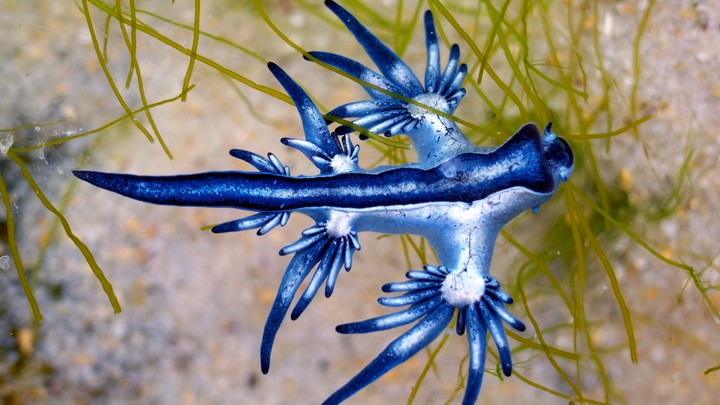
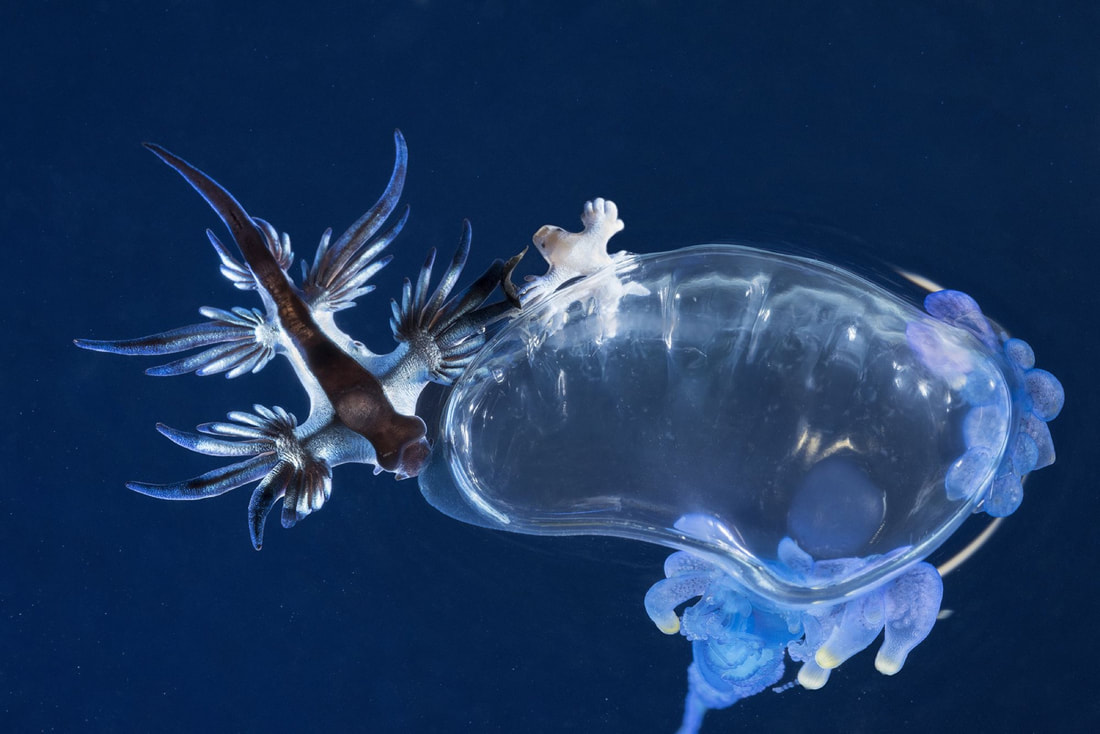
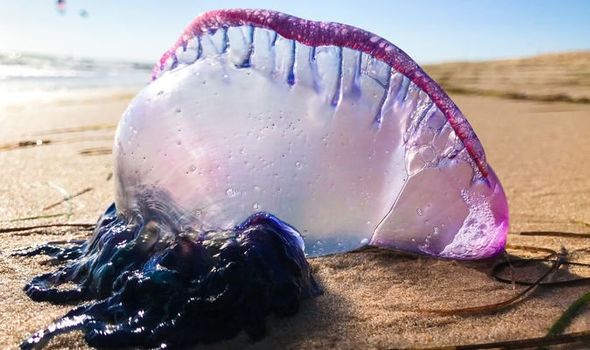
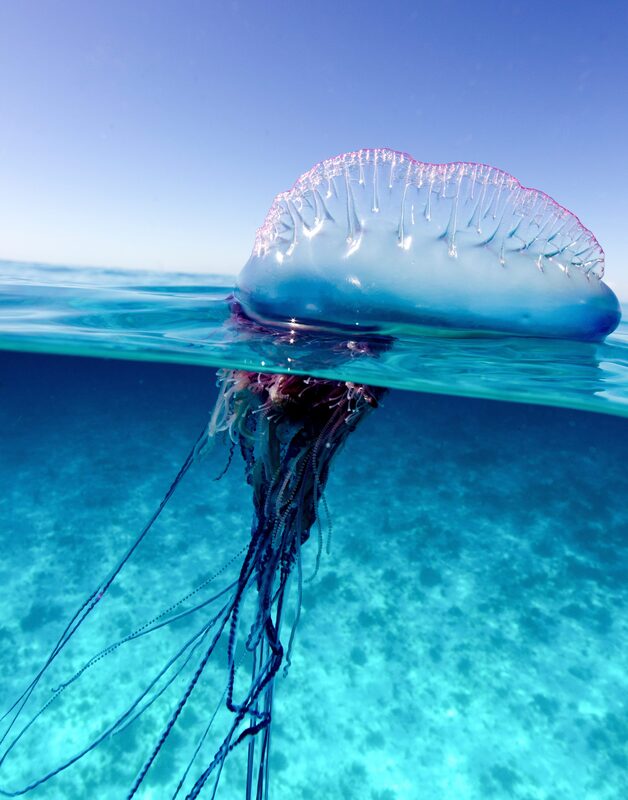
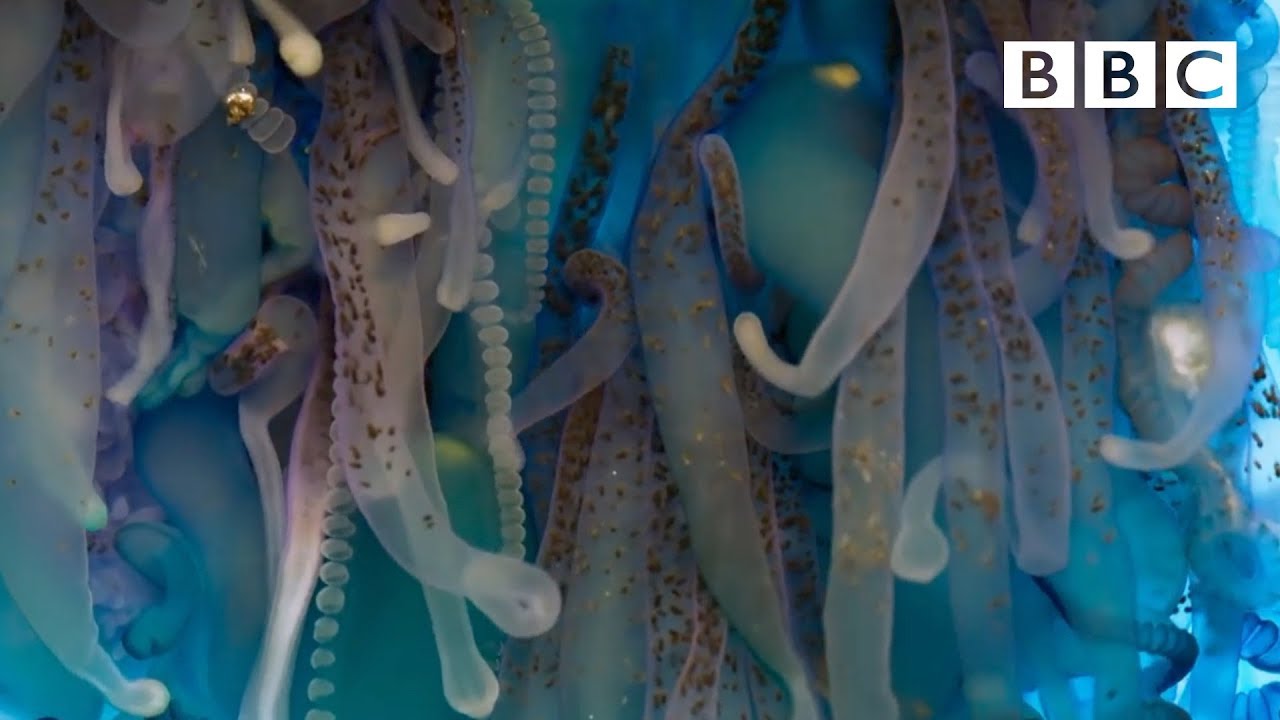
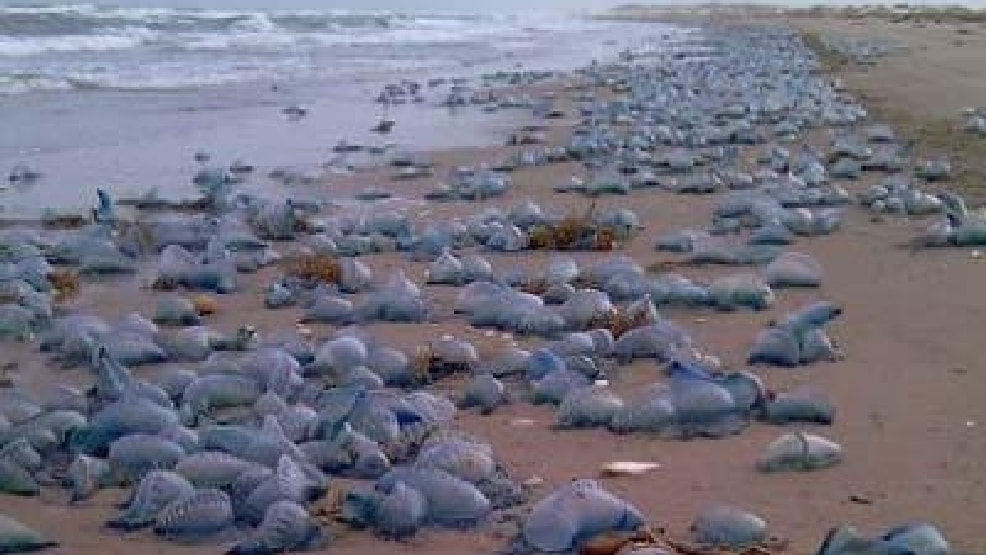
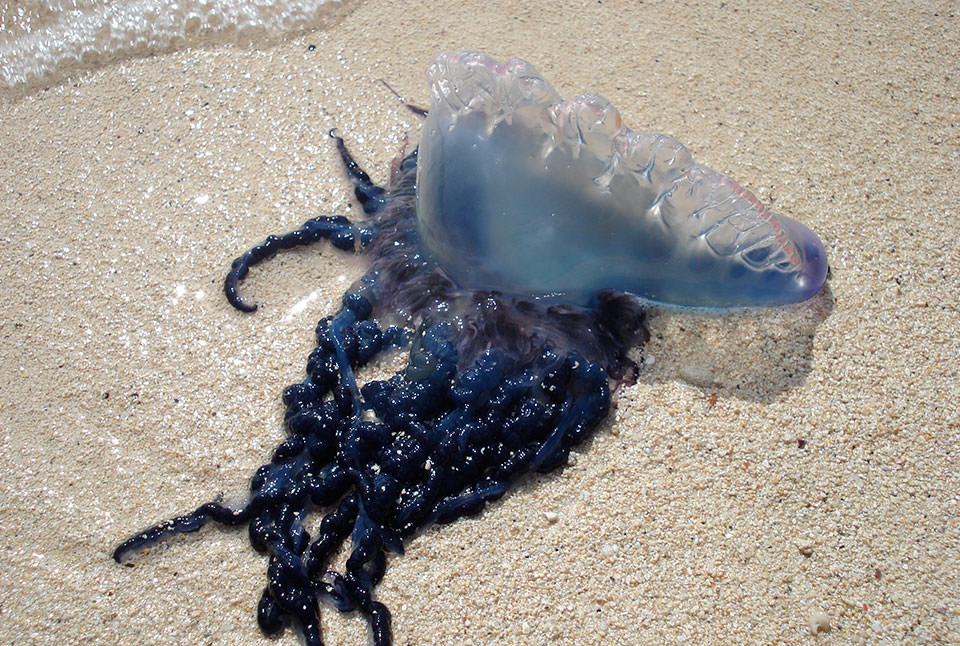

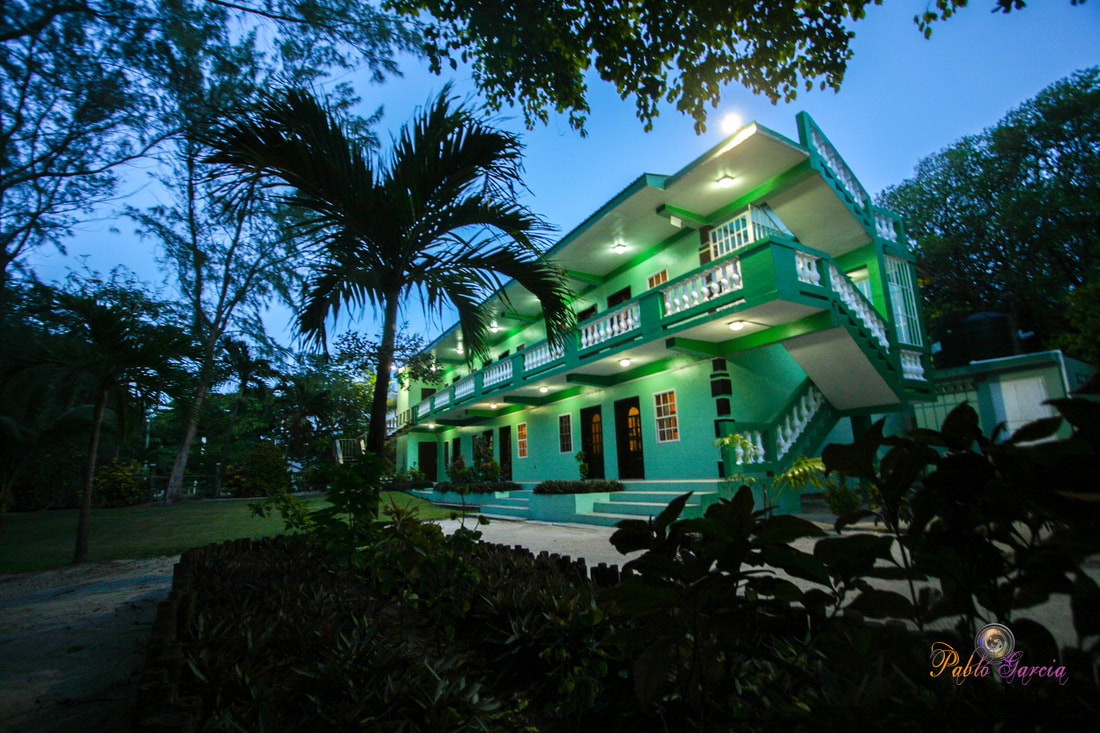
 RSS Feed
RSS Feed



















